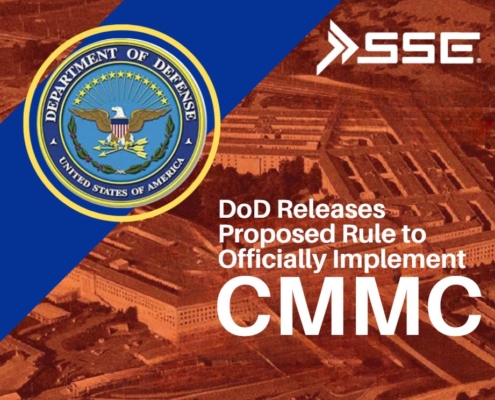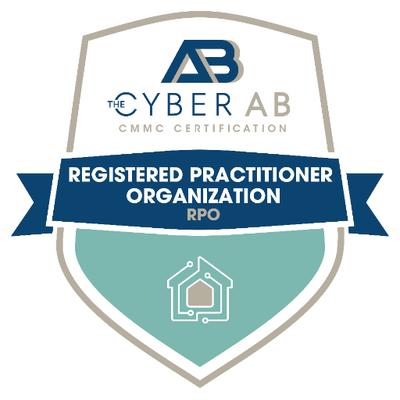
DoD Releases Proposed Rule to Officially Implement CMMC
DoD Releases Proposed Rule to Officially Implement CMMC
Recently, the Department of Defense (DoD) took a significant step forward in bolstering cybersecurity across its contractor base by releasing a Proposed Rule to officially implement its…

Choosing the Right Managed IT Services Provider for Your Business
Choosing the right Managed Service Provider (MSP) is critical for any technology-reliant business, as it impacts your company’s efficiency and competitiveness. Explore the key considerations and best practices for selecting an MSP that provides…

The Role of Cyber Insurance in Incident Response Planning
The more our lives and processes shift to digital solutions, the threat of cyberattacks also increases. Businesses increasingly rely on technology and interconnected systems, making data breaches, ransomware attacks, and other malicious cyber…

Multi-Factor Authentication and CMMC
Today’s digital landscape requires safeguarding sensitive information to protect against increasingly sophisticated cyber threats. All companies, from large to small, need to fortify cybersecurity defenses to ward off potential breaches, and…

Common Misconceptions About NIST 800-171 and CMMC Compliance
When it comes to cybersecurity, it’s crucial for your business to stay on top of regulatory requirements. As organizations strive to protect sensitive information and maintain data integrity, Cybersecurity Maturity Model Certification (CMMC)…

Balancing Security and User Experience in Your Company’s Cybersecurity
In today’s digital world, cybersecurity has become an increasingly essential part of business operations in order to protect sensitive data and safeguard critical systems. However, sometimes implementing robust security measures can negatively…





